AO Edited
Slayer's Slab
This carved stone slab marked the grave of a local dragon slayer, who makes a killer pie.
The Slayer’s Slab is a medieval gravestone that, though lacking an inscription detailing the tomb’s occupant, is attributed to a local dragonslayer who rid the village of the fearsome dragon, the Knucker of Lyminster.
Originally found in the graveyard of St. Mary Magdalene church in Lyminster, West Sussex, the slab was moved inside the church so as to prevent further weathering. It bears the marking of a cross over a herringbone pattern, though some claim it is in fact a knight’s sword laying upon the Knuckers rib cage in honor of the dragon slayer held within the tomb. Others, meanwhile, believe the pattern is not an engraving but the claw marks of the knucker itself.
The Knucker, named for the Saxon nicor, or water monster (from which the devil’s name Old Nick also derives), is an aquatic dragon-like creature, said to have its lair in the nearby pool, synonymously named the Knucker Hole. Thought to be bottomless, this hole swallowed a cord of six of the church’s bell ropes that had been tied together, and still its bottom was not found. The Knucker Pool is now on private land and inaccessible throughout most of the year, in the past however the water from its pool was said to cure all ills- if one was brave enough to get so close to the Knuckers abode, that is. The water is not only famed for its medicinal value, but also for the fact it never freezes, some say this is because of the fact it is fed by a fast-moving underground spring, shielded from freezing air, while others believe this is due to the warmth of the Knucker’s fiery breath.
The church seems to embrace its link to dragon slaying. Beside the slab, visitors can see a stained-glass depiction of the unusual slaying of the Knucker. In this ornate illustration, a figure is shown handing a small pie to a dragon-like beast. This is a snapshot from the story of Jim (Pulk, Puttock, or other names depending on the teller) and his cunning culinary plan.
The Knucker was said to have terrorized both locals and those further afield, for many years until the king of Sussex felt enough cattle had gone missing and damsels had been stolen. The king declared that anyone who could slay the beast and rid the area of its woe would be offered his daughter’s hand in marriage. Renowned knights and noblemen came from around the country to try, but all ultimately failed. That is, until a local farmer’s boy by the name of Jim, stepped up. Though not as skilled in swordsmanship as those who had come before him, Jim had the power of wits.
Gathering a great number of poison berries, Jim baked a pie fit for a dragon. He placed the fatal fruits within the center of this pie, and carted the cunning creation to the Knucker Hole. As the aroma of the pie wafted into the deep hole, the Knucker’s hunger grew, until he rose from its depths and ate the entire display, pie, cart, and horses all. Quickly affected by Jim’s toxic treat, the Knucker breathed its last fiery breath. To be sure, Jim removed its head with his farming scythe. Triumphant and in high spirits, Jim made his way, Knucker head in hand, to the local Six Bells Inn. Met with cheers and praise, Jim was amply supplied with drinks by the thankful locals before suddenly keeling over and falling down dead. As he had been drinking pint upon pint, Jim had wiped his grinning lips with hands coated in dragon blood and poison berry juice one too many times and so met the same fate as his recent adversary, as the Knucker’s disembodied head watched on. Jim was later buried in the local church. In honor and commemoration of his actions saving the town from the terrifying Knucker, it is said the town commissioned the Slayer’s Slab to lay over Jim’s tomb.
Know Before You Go
The Sompting Estate, who now owns the land on which the Knucker Hole is found, occasionally carry out tours, but at any other time the Knucker Hole is inaccessible and fenced off for, though the Knucker is no more, its depth and sheer walls mean the hole itself remains a danger.
Accessible to the public year-round however is The Six Bells, the pub in which Knuckerslayer Jim celebrated his triumph, yet met his fate.

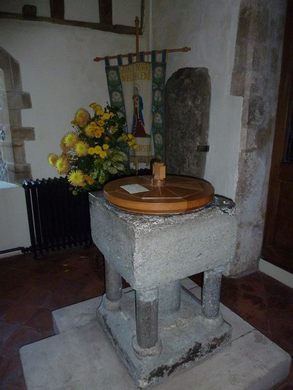
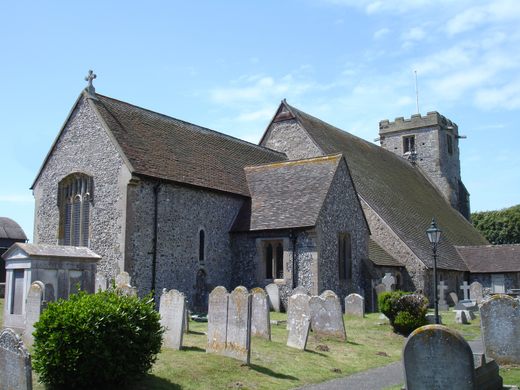




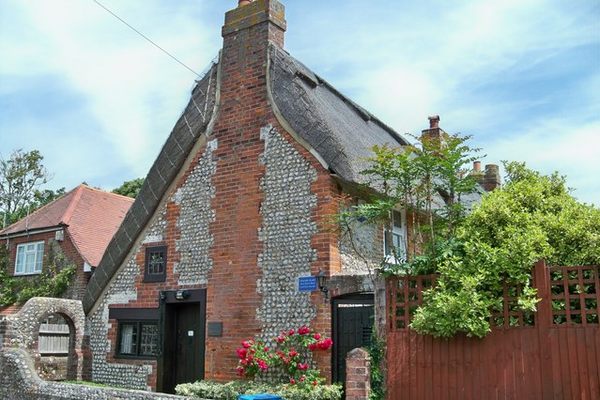


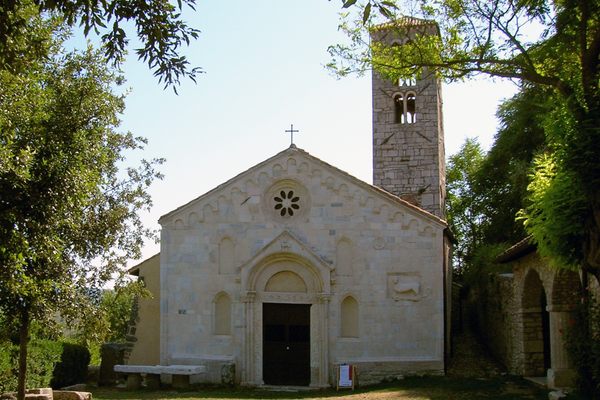

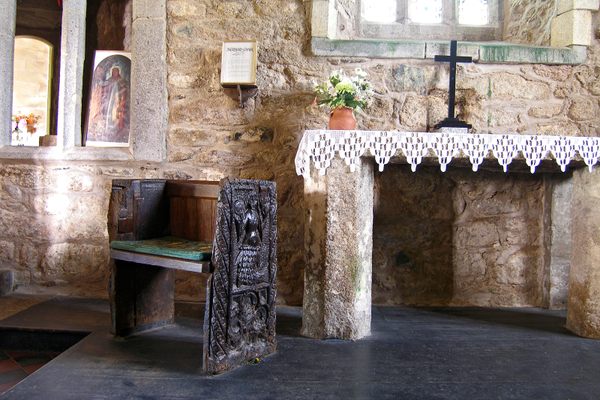


Follow us on Twitter to get the latest on the world's hidden wonders.
Like us on Facebook to get the latest on the world's hidden wonders.
Follow us on Twitter Like us on Facebook